ARCHAEOLOGICAL MUSEUM OF CHORA
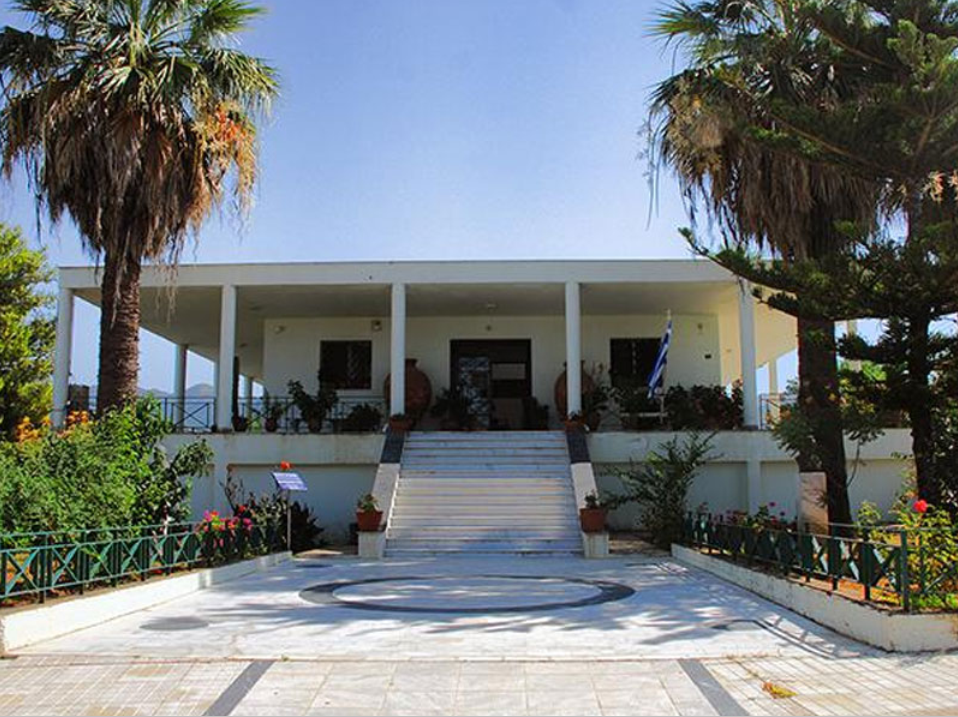
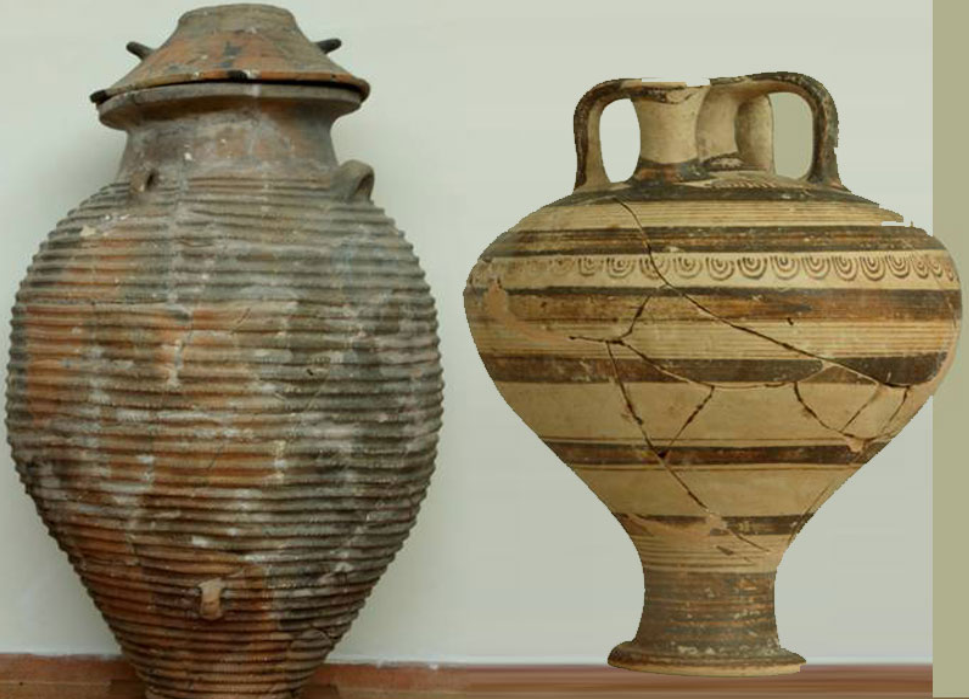
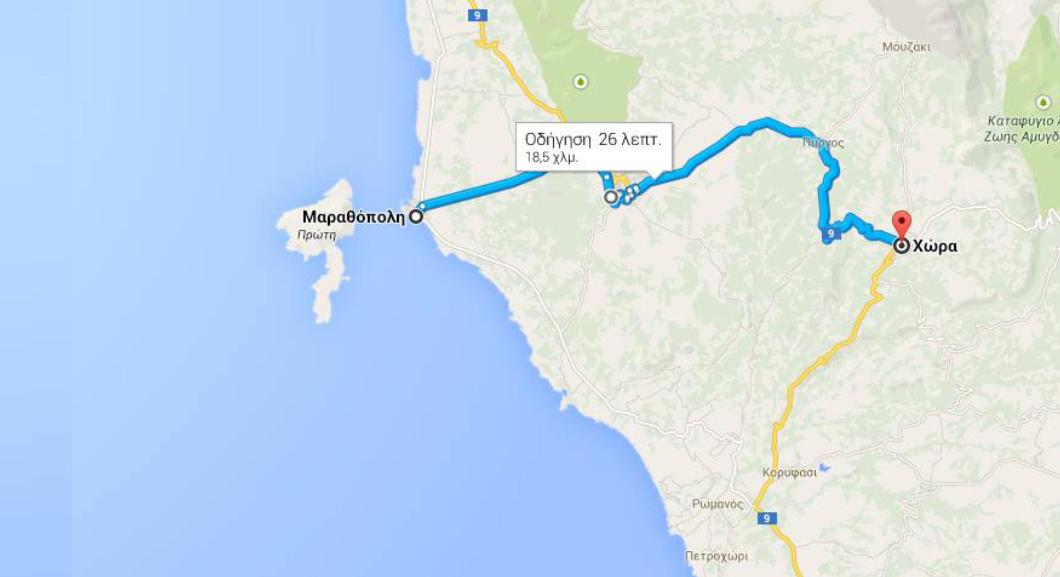
The Archaeological Museum of Chora was founded by the Hellenic Archaeological Service, under the responsibility of the Olympia Ephorate of Antiquities, immediately after the investigations of Carl Blegen and Spyridon Marinatos, of the two prominent archaeologists, whose names were given honorably on the two most central streets of the Chora.
The museum was created to house the most significant finds from their excavations, which are also due to the international visibility of the area. The volume of material that had come to light was such that part of the findings from the excavations of Marinatos (the material from Voidokilia, the ancient Koryfasius, Koukounara and other Mycenaean positions of Pylia) constituted the nucleus of the archaeological collection of the other remarkable a regional museum, the Museum of Pylos, which was created in the early 1960s, by the donation of physician Christos Antonopoulos, homogeneous from Chicago
The collection of the Archaeological Museum of the Country far exceeds its local significance due to the volume and character of its findings. The archaeological collection of the Museum consists of vases and other objects, most of which date back to the Late Helladic or Mycenaean times (around 1550-1100 BC). It is undoubtedly one of the richest and most instructive collections of Mycenaean findings in Greece and, as far as the Peloponnese is concerned, as important as the Museum of Nafplion.
The objects kept in the Museum have been found in several Mycenaean, mostly positions spread over a large geographical area within the Messinian area. They come from major settlement sites such as Peristeria Kyparissia (one of the most important Early Mycenaean centers of the Western Peloponnese), Nichoria (Metaxas Rizomylos and Karpophoras) and Eglianos (the seat of the relay of Pylos, a center of commerce and commerce in the Late Mycenaean era ), but also from smaller centers or settlements in the area. They also come from large domed tombs of kings, local rulers (chiefs) or large landowners, but also from small vaulted tombs or tombstones of the population. Thus, through the various sets of findings, the basic structure of the Mycenaean society of Pylos, the great prosperity of which, in the late 13th century BC, is also revealed by the contents of the texts of the signs of Linear B Writing by Eglilian
How do you go?
Driving through EC9 • 18.0km.24 min.
MUSEUM OF PYLOS
It was built in 1956 with the donation of dentist Christos Antonopoulos
The museum was originally designed to house the rich collection of philhellene Rene Puaux, which he had donated to Pylos. Finally, however, the building was used as an Archaeological Museum, which hosts findings from the Pylia region from Middle Helladic to Roman times.
The exhibits of the Museum are developed in two rooms. Among them are the findings that came to light from a vaulted tomb of Koukounaras in Paleochoria, including sealing stone, golden tapes, burial pithos and two necklaces, also a large ankle from the Hellenistic tomb of Tragana, as well as a number of villas, vessels and bronze pots .
Recently it was decided to transfer the Archaeological Museum of Pylos to Niokastro, the fortress of the city. When this project is completed, the premises of the Museum will be transformed into warehouses and a maintenance workshop.
The original purpose of the Museum was to house the rich collection of French philhellene Rene Puaux, which consisted of documents, engravings and souvenirs of the Race. Puaux, who in 1930 was proclaimed an honorary citizen of the Municipality of Pylos, had envisioned the creation of a Museum which, apart from his collection, would also house all the relics of the Greek Revolution. The Museum, which was eventually built after many adventures, housed only part of the famous Puaux collection, which has not yet found its permanent home. The Antonopouloul Museum eventually operated as an archaeological museum, with findings from the wider area of Pylos, from the Middle Helladic to the Roman times.
How do you go?
Driving via Cc. Filiatra-Koryfasiou and EO9 • 27.0 km.35 min.
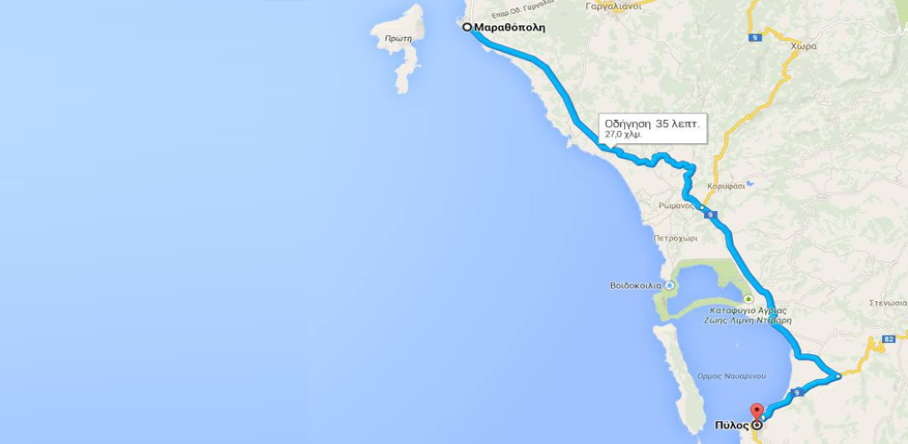
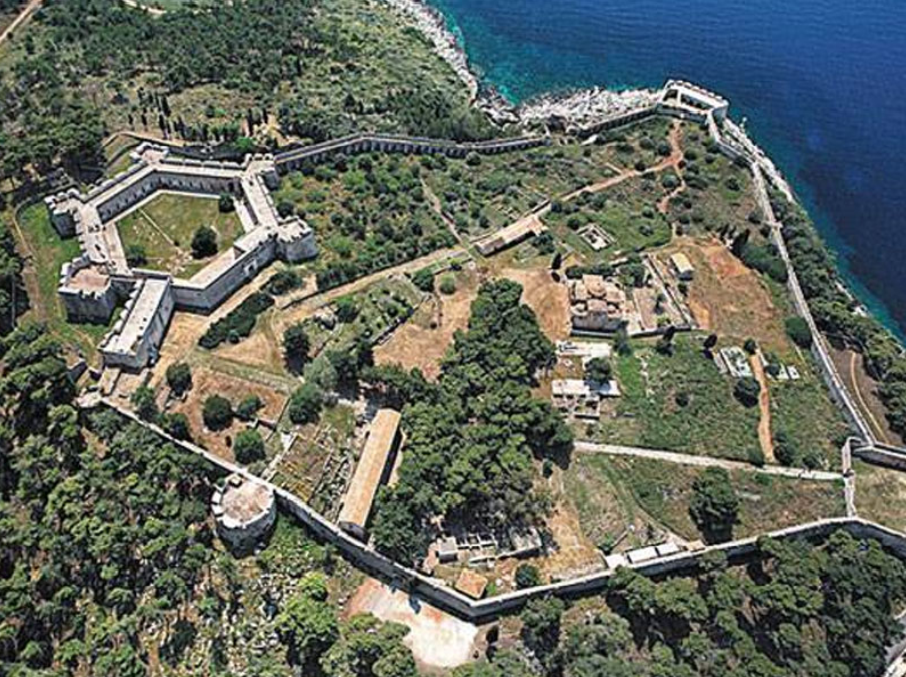
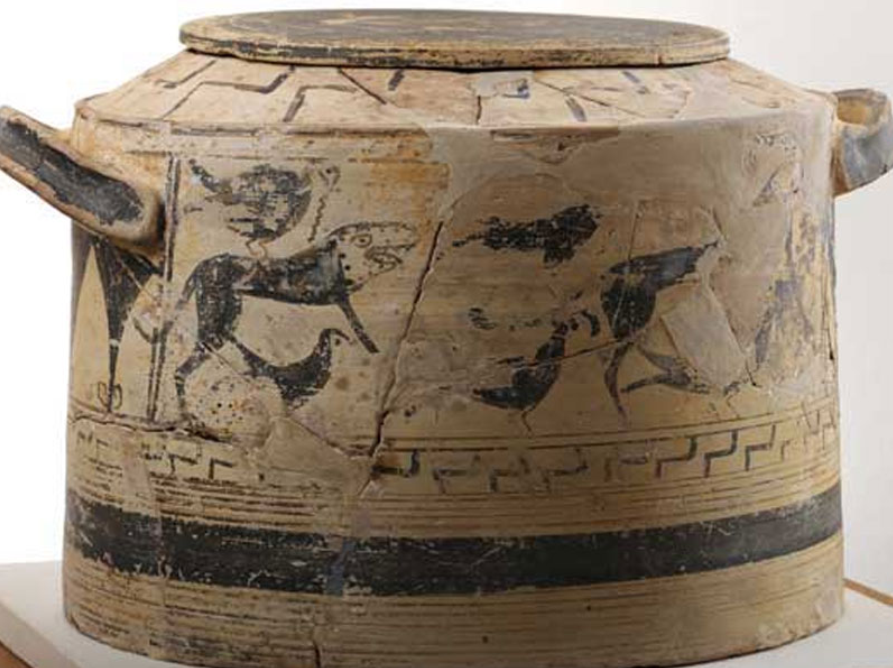
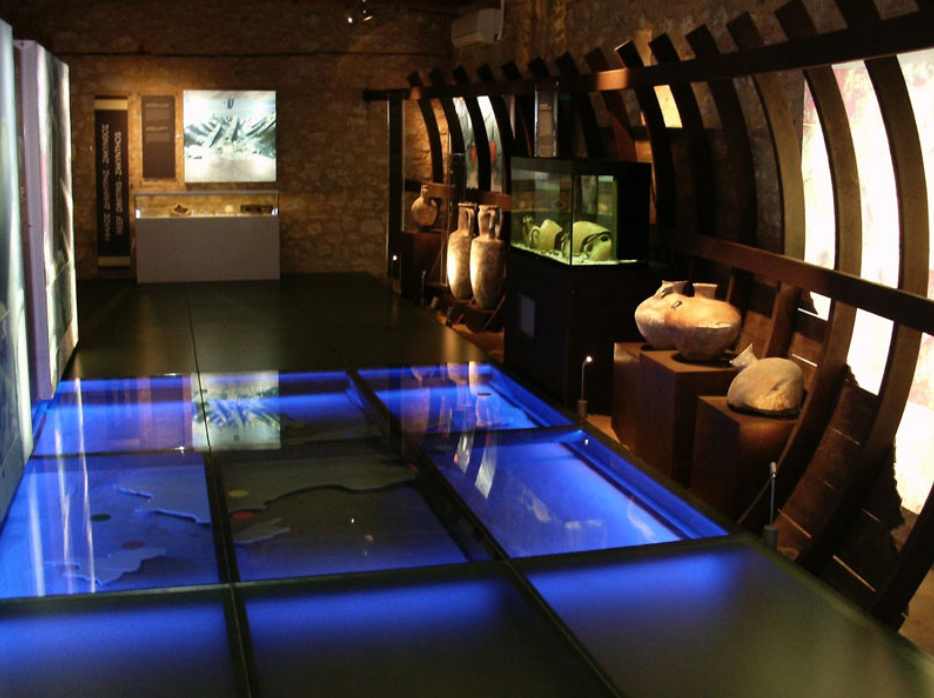
MUSEUM OF KALAMATA
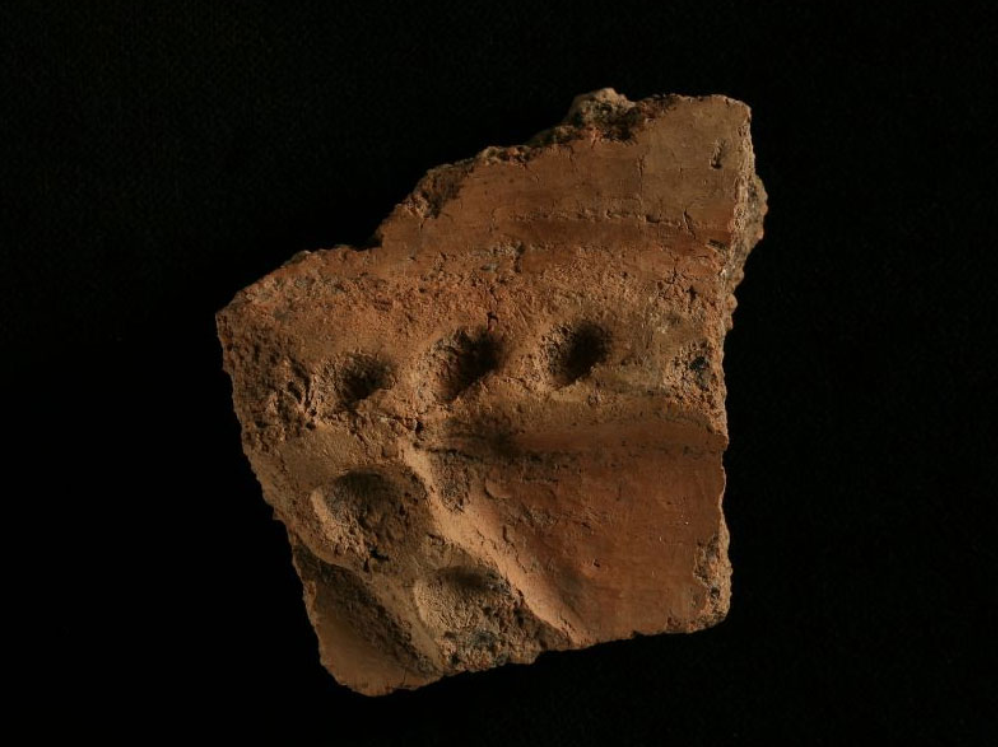
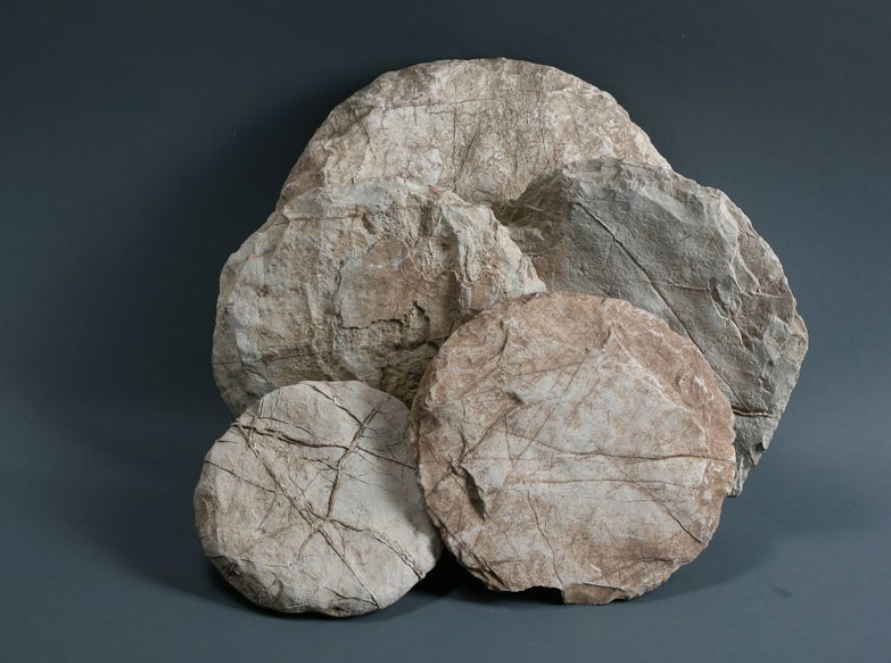
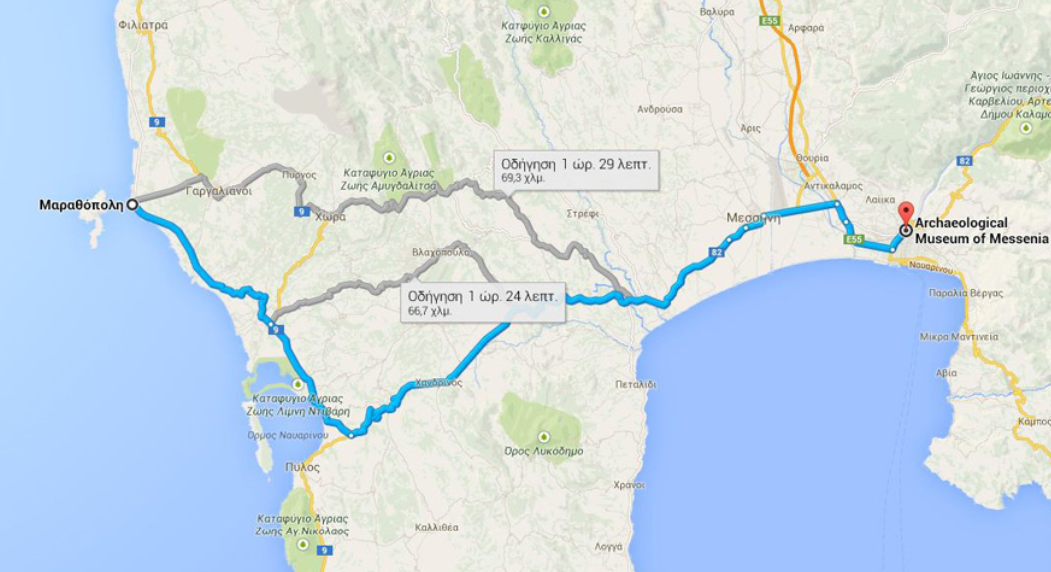
The building of the Museum is located in Kalamata
The Museum building is located in the heart of the historic center of Kalamata, where the city's Municipal Market was once a place that was flooded by the busy crowd of traders and its customers daily.
The Museum building is located in the heart of the historic center of Kalamata, where the city's Municipal Market was once a place that was flooded by the busy crowd of traders and its customers daily.
Following the devastating earthquake of 1986, the building of the Agora was demolished due to the serious damage it had suffered. The new building that occupied the position of the old Agora was granted by the Municipality of Kalamata to the Ministry of Culture in order to function as an Archaeological Museum.
Following the old geographical division of the prefecture in four provinces, Kalamata, Messina, Pylia and Trifylias, the exhibition develops in corresponding large geographic units, incorporating the most important archaeological sites with representative finds, either from excavations or from surface surveys or even by random traditions of ancient, by ordinary citizens.
In order for the visitor to "penetrate" the geographic sections, he follows a central "highway" between the showcases and the exhibits, reminding the flow of the river Pamisos, which runs through much of Messinia and flows into the Messinian Gulf.
How do you go?
Driving through the Kalamata Gulf of Peloponnese • 66.7 km 1 hour 19 min.



